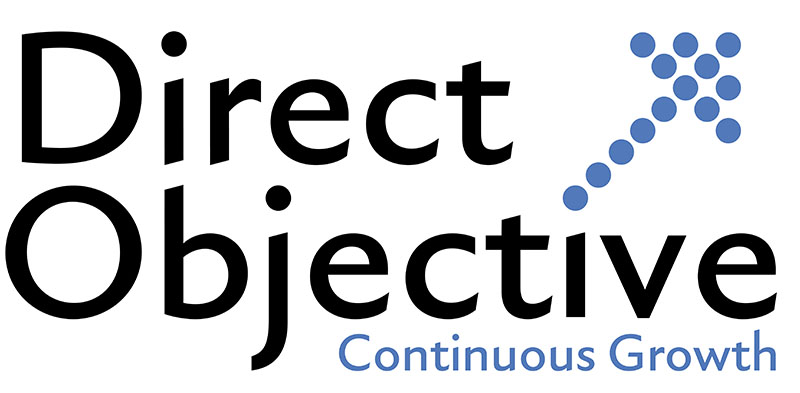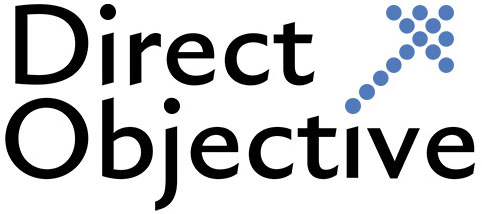Program evaluations are essential for accurately measuring the impact of an association’s initiatives and demonstrating clear value to its members/stakeholders. By assessing performance through objective data and evidence, associations can identify what works, enhance engagement, and make more informed strategic decisions. Let’s get to the crux of it.

1. What is a Program Assessment?
Program evaluation is a systematic process used to assess the effectiveness, efficiency, and impact of an association’s initiatives, from member engagement programs to training sessions, support programs, advocacy efforts, or industry events.
In simple terms, it answers key questions, such as: Are your programs achieving their intended goals? Are they providing measurable value to our members/stakeholders? How can you optimize resources for better outcomes?
For associations, these evaluations serve as a compass to help leadership teams understand what’s working, identify gaps, and justify renewed investment or change. Whether you’re assessing a long-running certification program or a new mentorship initiative, evaluations provide the insights needed to make informed strategic decisions.
2. Why Perform Program Assessments?

Associations often run multiple programs designed to advance their mission, support members, and influence their industry. However, without structured evaluation, it’s difficult to know whether those efforts truly make a difference. Here’s why program evaluations are essential:
a. Demonstrating Value to Members/Stakeholders
Stakeholders increasingly expect transparency and proof of value. A well-documented evaluation demonstrates how their dues translate into tangible benefits, including higher industry standards, professional growth, networking opportunities, and advocacy success.
b. Improving Program Effectiveness
Evaluation uncovers what works and what doesn’t. That way, associations can refine content, format, delivery, and marketing, ensuring programs stay relevant to the constantly evolving needs.
c. Strengthening Funding and Partnerships
Grant funders, sponsors, and partners want assurance that their contributions yield measurable outcomes. Strong data can support future funding requests or partnership renewals.
d. Supporting Strategic Decisions
By tying program performance to the association’s overall goals, leaders can prioritize high-impact initiatives and phase out low-performing ones, ensuring alignment and feasibility with the organization’s mission and resources.
e. Driving Continuous Improvement
Evaluations foster a culture of learning and accountability within the association, encouraging innovation and responsiveness to change. Consistent monitoring provides a periodic review to stay on track with the desired outcomes.
3. Common Types of Program Evaluations

a. Formative Evaluation (Before or During Implementation)
This type of evaluation focuses on improving a program while it’s still being developed or delivered. For example, a formative evaluation might gather stakeholders’ feedback on a pilot mentorship program before rolling it out more widely.
b. Summative Evaluation (After Implementation)
Conducted at the end of a program, summative evaluations assess outcomes and overall effectiveness. It tackles issues like whether the program met its objectives, if stakeholders were satisfied, and if measurable ROI was identified.
c. Process Evaluation (In Real Time)
This evaluation examines the implementation of a running program, focusing on aspects such as logistics, communication, and participation levels. It’s ideal for identifying operational bottlenecks and improving delivery efficiency.
d. Outcome Evaluation (What Changed?)
This evaluation assesses results and impact. For instance, did participants report improvements in their professional skills? Did member retention rates increase after introducing a new onboarding initiative?
e. Impact Evaluation (Long-Term Effects)
This advanced approach measures broader, long-term effects of a program on stakeholders, the industry, or the community. It’s especially valuable for associations with strategic initiatives, such as advocacy campaigns or workforce development programs.
4. How Direct Objective Conducts Program Evaluations Differently

Our approach to program evaluation is deeply data and evidence-driven. We don’t rely solely on assumptions or anecdotal feedback. Instead, we integrate multiple data sources, whether conducting structured interviews with key stakeholders, analyzing membership analytics, or comparing results against market and industry benchmarks.
Our evaluations go beyond identifying outcomes. They reveal exactly why programs succeed or underperform and how to optimize them for measurable growth. By combining quantitative insights with qualitative perspectives, we help associations:
-
- Align programs with strategic goals and stakeholder expectations
- Identify untapped opportunities for engagement and growth
- Develop actionable recommendations supported by real-world data
In short, Direct Objective transforms evaluation into a powerful strategic tool, empowering associations to measure impact, demonstrate value, and continuously improve.
Conclusion
Program evaluations are not just an administrative exercise. It’s a strategic investment in your association’s accountability and growth. By regularly and rigorously evaluating their efforts, associations can ensure that their achievements truly advance their mission, enhance stakeholders’ satisfaction, and demonstrate a measurable impact on stakeholders.
Ready to elevate your association’s programs through evidence-based evaluation? As a specialized B2B consulting firm, Direct Objective Consulting can help you design the right metrics, collect actionable insights, and transform data into a strategic advantage. Contact us now!









